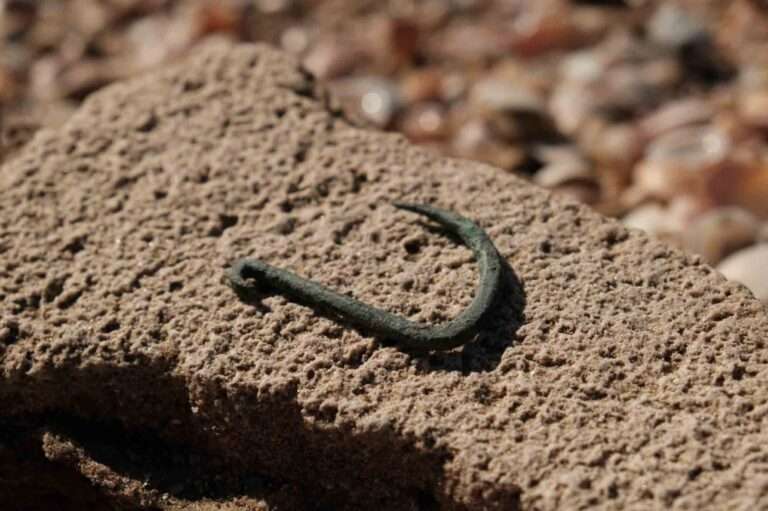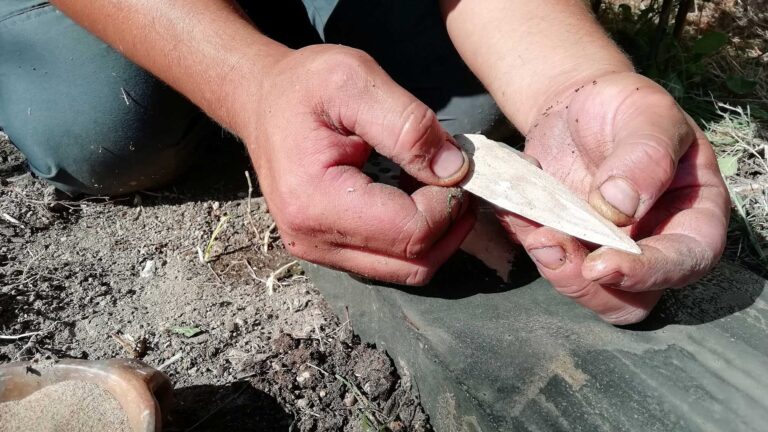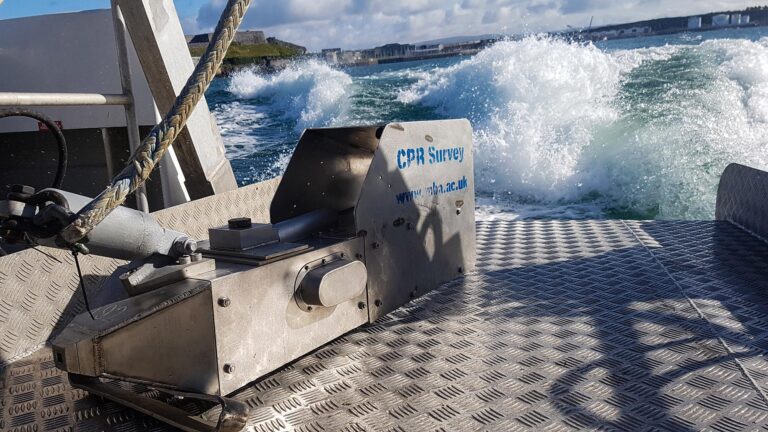
Cops ‘Switched’ GBP 200,000 Gold Bar With Worthless Fake
Police officers accused of switching a GBP 200,000 gold ingot with a worthless copper replica are under investigation in Peru. The original was one of two seized during a raid…

Police officers accused of switching a GBP 200,000 gold ingot with a worthless copper replica are under investigation in Peru. The original was one of two seized during a raid…

Archaeologists in Israel have found a 6,000-year-old copper fishhook so large it may have been used to catch sharks. The piece, which was unearthed during infrastructure work in the coastal…

A farmer harvesting beetroots was stunned when he unearthed a rare, incredibly well-preserved golden belt dating back to the Bronze Age. The thin, 20-inch-long piece of metal was found crumpled…

Prehistoric Bronze Age daggers were mainly used as tools for skinning animal carcasses rather than as weapons, reveals new research. The knives, made from copper alloy, were widespread in Europe…

A new British study has found large amounts of toxic chemicals such as copper and lead in the North Atlantic potentially poisoning the fish that eventually end up on our…